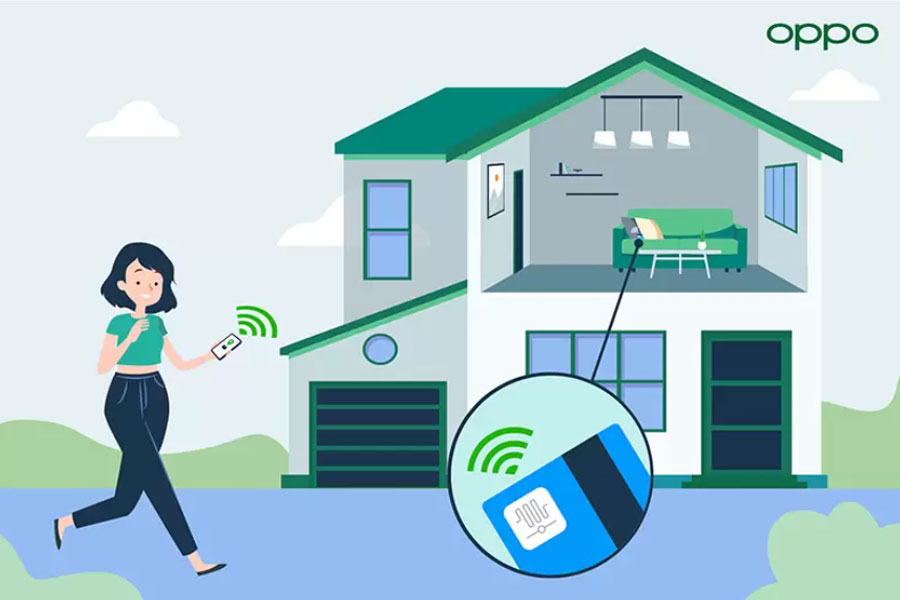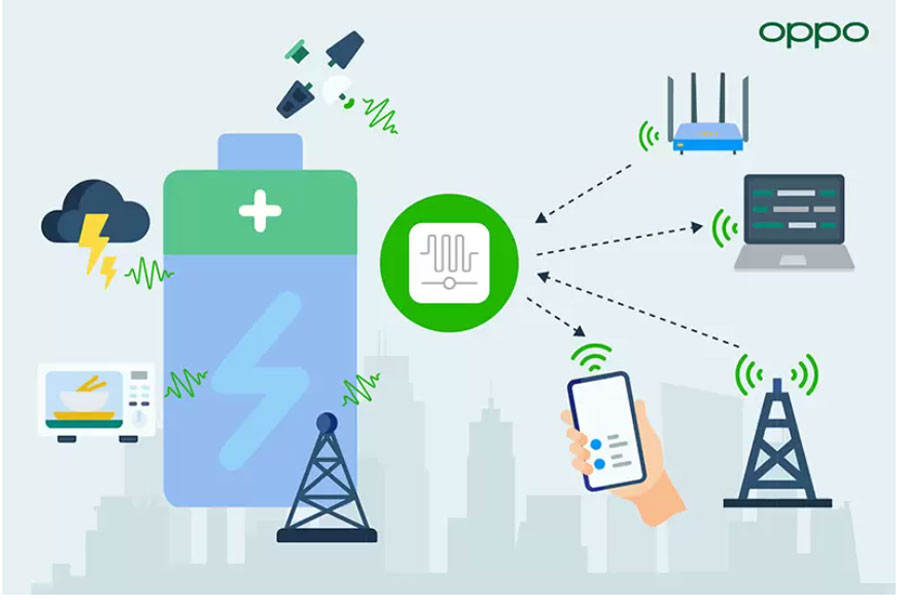The OPPO Research Institute has released its new white paper on Zero-Power Communication. The paper examines the technical positioning of Zero-Power Communication technology in the context of current unmet demand in the IoT space while outlining a future roadmap for the technology to develop in coexistence with other communications systems of the future.
With an aim tomake Zero-Power Communications devices a core part of next-generation communications technologies for greater convenience, inclusivity, and sustainability, OPPO is working with partners across the industry. Such devices can effectively reduce the maintenance costs, waste, and pollution associated with current electronic devices.
Beneficial for commercial applications
Zero-Power Communication technology avoids the need for batteries by harvesting ambient radiofrequency energy in the environment to generate power, resulting in highly compact, efficient, and low-cost devices. Such properties have benefits in commercial applications such as warehousing, logistics, and agriculture and in wearable devices, smart homes, and other cutting-edge consumer applications.
“From the first to the fourth generations of mobile telecommunications technology, the telecommunications industry has gone through four technological leaps — from analog to digital, to data, and finally to broadband. Each of these leaps has been designed to deliver faster data transmission rates; however, over the next decade, looking at 5G technology and even further afield, we no longer believe that data transmission will be as big a driver in telecommunications technology. Instead, we believe that technology should evolve to deliver greater convenience and sustainable value for society as a whole.
Also, Read Here: Samsung introduces Exynos 2200 Processor with Xclipse GPU powered By AMD RDNA 2 architecture.
Zero-Power Communications technology offers a means for electronics manufacturers to remove batteries from their products, reducing their costs and environmental impact in the process. As such, Zero-Power Communications is one of our core focus areas as we move into the B5G/6G generation,” said Henry Tang, OPPO’s Chief 5G Scientist.
While passive communication technology already exists today in radio frequency identification (RFID) technology, the current technology suffers from problems such as short communication distances, low efficiency, and small system capacity. This presents significant challenges when applying RFID technology to specific or complex applications such as industrial sensor networks, low-cost and high-capacity logistics and warehousing, low-cost and low-power smart homes, and miniature wearable technology.
Read Here: Top 3 Technologies that will Change the Electronics Manufacturing Industry in 2022
Power sources
Unlike the traditional method, Zero-Power devices can harvest ambient radio signals broadcast from sources such as TV towers, FM radio towers, cellular base stations, and WiFi access points (APs) as their source of power. After harvesting the energy from existing radio waves, the device can modulate ambient radio signals with its own information and transmit these signals outwards in a process known as backscattering communication. When designing Zero-Power Communication networks, it is necessary to consider the coexistence of Zero-Power communication systems and existing 4G/5G systems apart from unlicensed and licensed bands.
Zero-Power Communication systems can be constructed in a framework that uses cellular communications, sidelink communications, or both in hybrid. Cellular based Zero-Power Communications systems are best able to support industrial sensor network applications, for example, applications where the devices may need to be deployed in extreme environments, where the number of devices in a network is large, or where the deployment and maintenance costs of using traditional active devices is high.
The sidelink based approach, on the other hand, is more suited to low-cost, short-range communications, such as wearables or smart home devices, where the devices can also be used to process the data they receive. A hybrid approach using both cellular and sidelink communication methods will further allow developers to unlock more applications using Zero-Power Communications systems.
Read Here: Fire-Boltt becomes sponsor of Flipkart’s ‘Big Saving Day’ sale, offering up to 50% discount on all smartwatches.
Also, Read Here: Things To Consider Before Buying a Smartphone – How To Choose Best Phone?



